medskl.com is a free, global medical education site (FOAMEd) covering the fundamentals of clinical medicine with animations, lectures and concise summaries. medskl.com is working with over 170 award-winning medical school professors to provide content in 200+ clinical presentations. Endocrinology – Gynecomastia: What You Need to Know Whiteboard Animation Transcript with Adam Millar, MD, MScCH https://medskl.com/Module/Index/gynecomastia Gynecomastia is benign enlargement of glandular breast tissue in the male. It’s a common condition, with a reported prevalence of 36% in men between the ages of 17-58. Even higher prevalence rates have been noted in newborns, teenagers and older men due to normal physiologic changes. True gynecomastia is due to the effect of an imbalance of androgenic and estrogenic hormones on glandular breast tissue. An important point is that one doesn’t need to have frankly low testosterone levels or high estradiol levels to develop gynecomastia. Patients with acute gynecomastia will often note unilateral or bilateral breast enlargement with tenderness on palpation. Over time, patients may report decreased enlargement and tenderness – this suggests that the affected tissue may have entered the chronic or fibrotic stage. Although male breast cancer is rare, one must first exclude this condition before proceeding with further investigations into gynecomastia. Physical findings that indicate a potentially malignant lesion include unilateral breast involvement, presence of a hard, fixed mass that is located peripherally to the areola rather than circumferentially, accompanying skin rashes, nipple discharge and axillary lymphadenopathy. In cases where carcinoma is a concern, mammography can help distinguish malignant lesions from benign ones. After exclusion of carcinoma, the next step is differentiating true gynecomastia from pseudogynecomastia (or lipomastia, which is excess fat tissue in the breast). The texture of the mass on exam can help in distinguishing these conditions Initial lab investigations to determine etiology include total testosterone, lutenizing hormone, estradiol, and prolactin. One may also add hCG and bioavailable testosterone. Thyroid, renal, and liver function tests are also important initially. An accurate medication and supplement history is essential, as many of these substances are known to cause gynecomastia. The majority of cases, however, are idiopathic. Management involves treating any underlying condition found on lab testing, or removing offending medications. In other cases, estrogen blocking medications (such as tamoxifen) or surgical intervention may be required for more permanent effect.

Endocrinology – Gynecomastia: By Adam Millar M.D.
- Post author:
- Post published:May 23, 2021
- Post category:Uncategorized
- Post comments:0 Comments
You Might Also Like

High Blood Pressure Diet & Nutrition | HealthiNation

Spa Types Video – 3

How To Warm Up Before Your Run | Get The Most Out Of Your Running Workout

Alternate Knee Touch-3
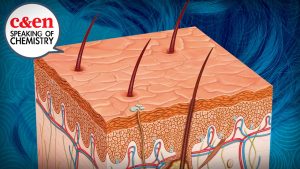
Why Does Your Hair Turn Gray? – Speaking of Chemistry

Over the Counter Medicines – What You Need To Know

Hypertensive Emergency Treatment

Silymarin – Rejuvenate your Liver

Does Eating Before Bed Make You Fat and Gain Weight? | Weight Loss Tips

How to make Miracle Drink Improve immune system

How to Lose Arm Fat – Get rid of Flabby Arms in 1 WEEK, Easy exercise to reduce arm fat
Surgery & Plastic Surgeries

Protein Supplements BCAA Amino Acid Pills vs Powder Supplements

General Surgery Video – 5

Asanas Meaning And More Asanas Video – 4

Insulin and Glucagon | Physiology | Biology | FuseSchool

Vitamins Minerals For Health Video – 1

Metabolism, Anabolism, and Catabolism

Upper body workout (middle back, biceps, lats): bent over dumbbell row

Child And Adolescent Psychiatry Video – 3
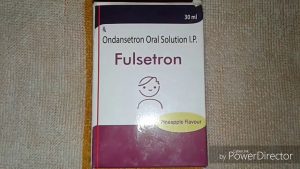
Fulsetron 30 ml Uses | Ondansetron Oral Solution Uses, Side Effects, How To Use, Price, Precautions
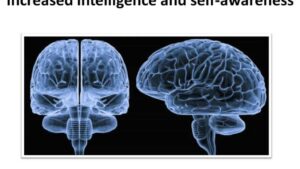
Biology – Role of hormones during puberty – English

Sugar Free, Low Sugar Video – 14

Cialis (Tadalafil) – Men’s Health

How To: Close-Grip Barbell Bench Press

World’s Best Fish Oil – Omega 3 at CHEMIST SHOP | Cheapest | Guaranteed Results

Why Can the Same Drug Treat Heart Attacks and Anxiety?

Definition Fitness

One Arm Military Dumbbell Press By Brett Klika

Amino Vital – Plant-Based Amino Acid Nutritional Supplements For Golf

Otorhinolaryngology Video – 3

Erector Spinae Back Extension-12

What are examples of carbohydrates? and What are Carbohydrates?

Water Cycle Song
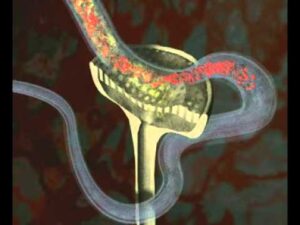
GCSE Science Revision – Homeostasis – How your Kidneys Control Water content in Humans

Muscle Worship Growth
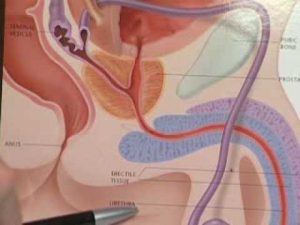
Finasteride for Prostate Cancer
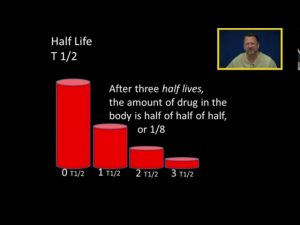
Half Life T1/2
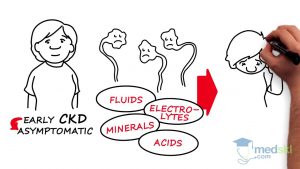
Nephrology – Chronic Kidney Disease: By Steven Cheng M.D.

Silymarin Benefits – Milk Thistle Extract

Do Calories Matter in Ketosis: Insulin vs Thermodynamics (With Dr. Anderson)

